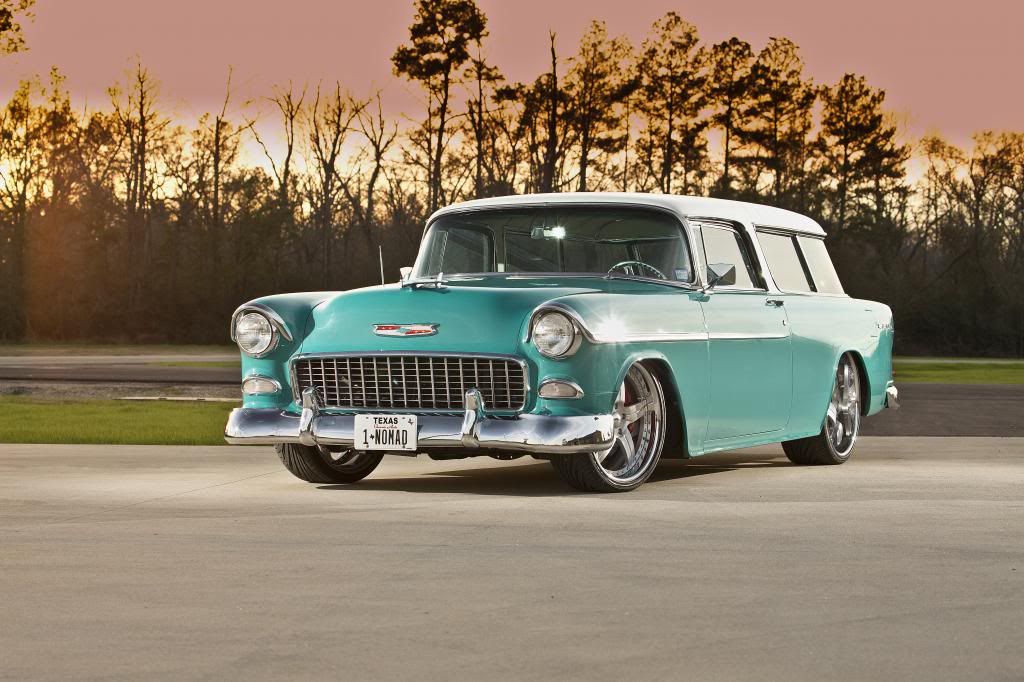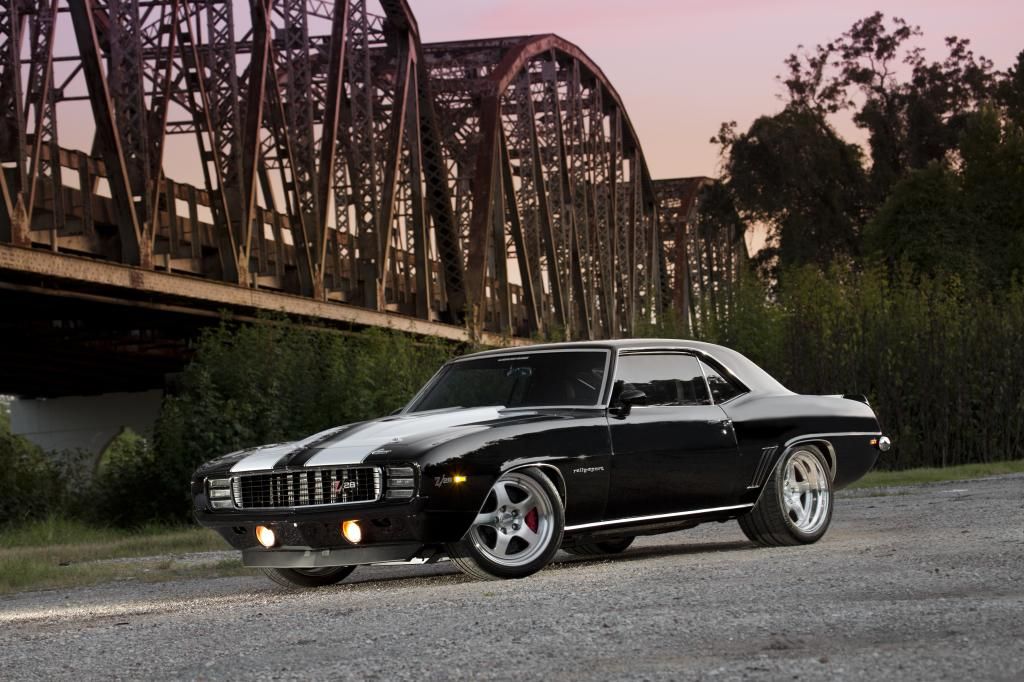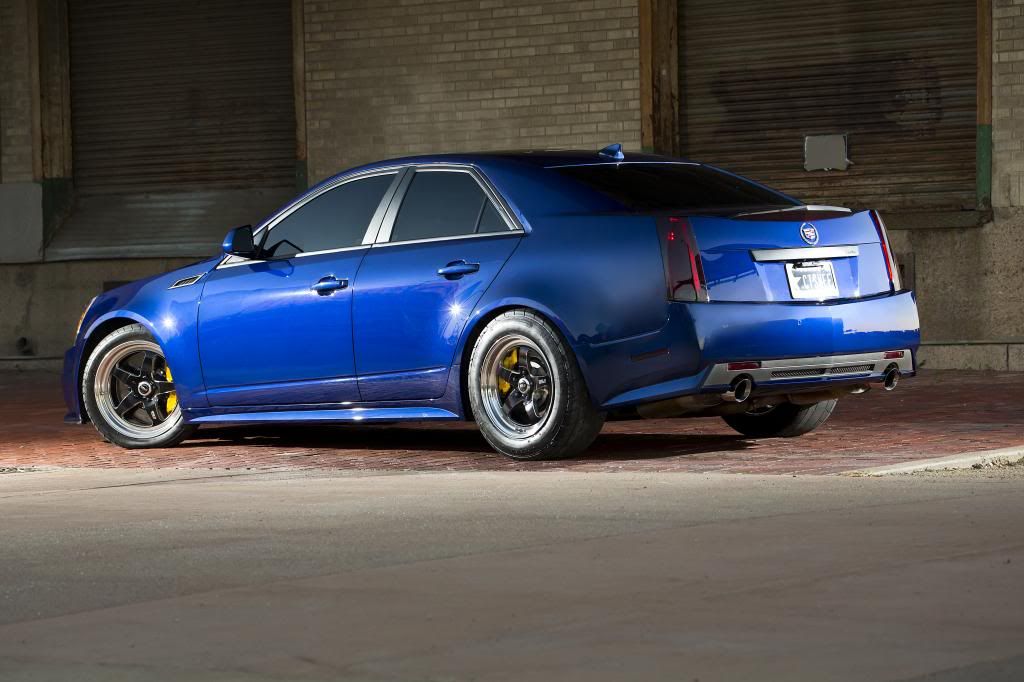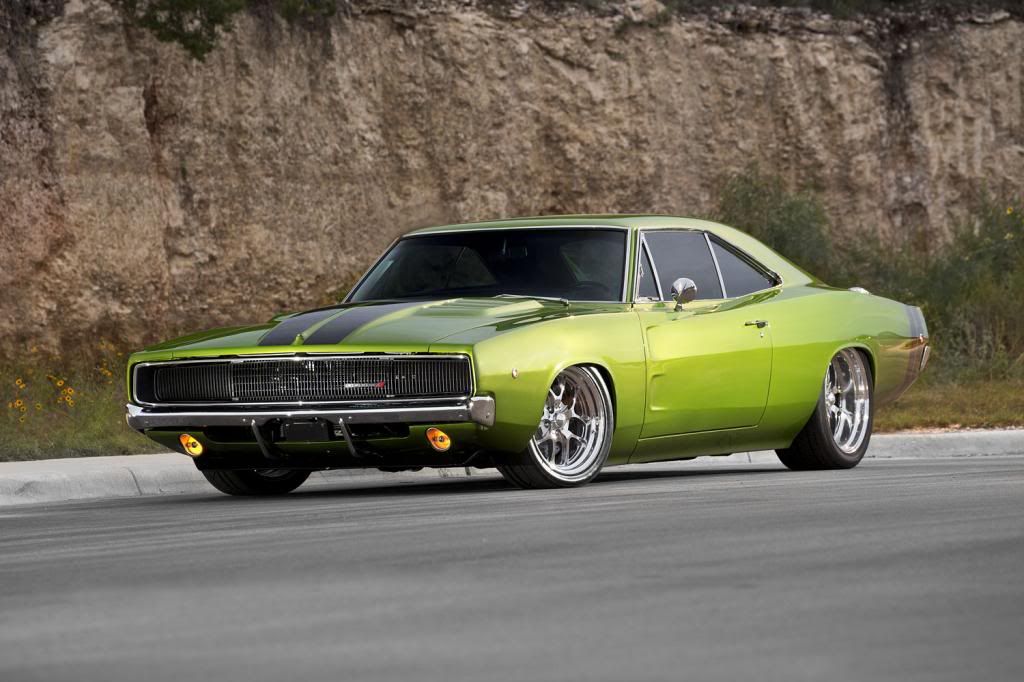Wildfire said:So I'm trying to decide what kind of lighting gear to buy in the near future. Currently, I shoot with a 430EX on-camera and some cheap manual flashes triggered wirelessly by radio, but I want to move into wireless TTL OR monolight strobes. I realize that each of these systems has advantages and disadvantages -- I feel that I would benefit from the advantages of both, but purchasing both systems is out of the question due to the cost. I would be shooting on-location portraits and weddings with this gear.
600EX RT advantages:
1) Built-in wireless transceiver
2) Portability
3) High-speed sync
4) ETTL
The main reason I would choose the Canon RT system over 3rd-party speedlites is point #1: no longer do I have to worry about charging dozens of batteries just to use two speedlites, or trying to figure out whether the problem is with my flash or the radio triggers when troubleshooting during a shoot -- everything is in one self-contained unit.
As for point #2: I can fit 2 or 3 of these speedlites in my bag with my camera... I don't have to worry about packing strobes in a separate bag.
Point #3: I'd like to do more shooting in bright sunlight. I'm using a 6D right now which has a terrible sync speed of 1/180 (I've shot at 1/200 with no problem without HSS but I would still prefer a higher sync) so HSS could prove to be a real advantage for me.
Point #4: I'd be able to hotshoe mount the speedlites and use them for bounce flash, which is something I already do pretty frequently with my 430EX. In addition, I might find that I like having wireless ETTL ratio control and use that instead of manual.
AlienBee advantages:
1) Power
2) Recycle time
3) Price
4) Modifiers
Point #1: You can never have enough flash power.
Point #2: Although I haven't had too much of an issue with speedlite recycle times, instant flash recycle times definitely won't hurt.
Point #3: For the price of just two 600EX RTs I could buy four ABs and a Vagabond. WTF is with that price, Canon?
Point #4: Really liking the Paul Buff modifiers. They're inexpensive and seem to work great with the ABs.
So what do you guys think? It looks like I spent a lot of time trying to justify going with the Canon system whereas the ABs are a no-brainer at the price point. Honestly, if I do go with the Canon system I am going to wait for them to release some RT slaves first so I would only have to buy one 600EX... 480EX RT anyone?
hmmmm... It really depends on what and where you are shooting. Right now I am rolling with a set of 2 alien bee 800's, and 3 speedlights (580ex2, 430 ex and 430ex2). I find that the bees are the best for controlled environs. But, all that goes out the window for outdoor work. If I am doing location portrait work, I am generally on the move quite a bit...and to use the bee's it would just become tiresome. So speedlights are the quick and dirty way to do it.
As to moving to the 600 series...I just don't see the real benefit in it for the cost. Sure a few things become easier, but, I have not had much issue with cheap triggers and manual setting on the speedlights. I am using the cactus v5 triggers for the past year. I really thought I'd need to replace them, but they are actually quite tough! (had one on a stand with umbrella, just enough wind to send it flying...the to hotshoe ripped off, but other than that, it transmits just fine. So that one is my on cam unit only now. For $35 a pop, I can't say they've failed me. The only issue i have with them is that the power switch is easy to nudge in the bag, so I have to replace batteries more often than I'd like).
Upvote
0





